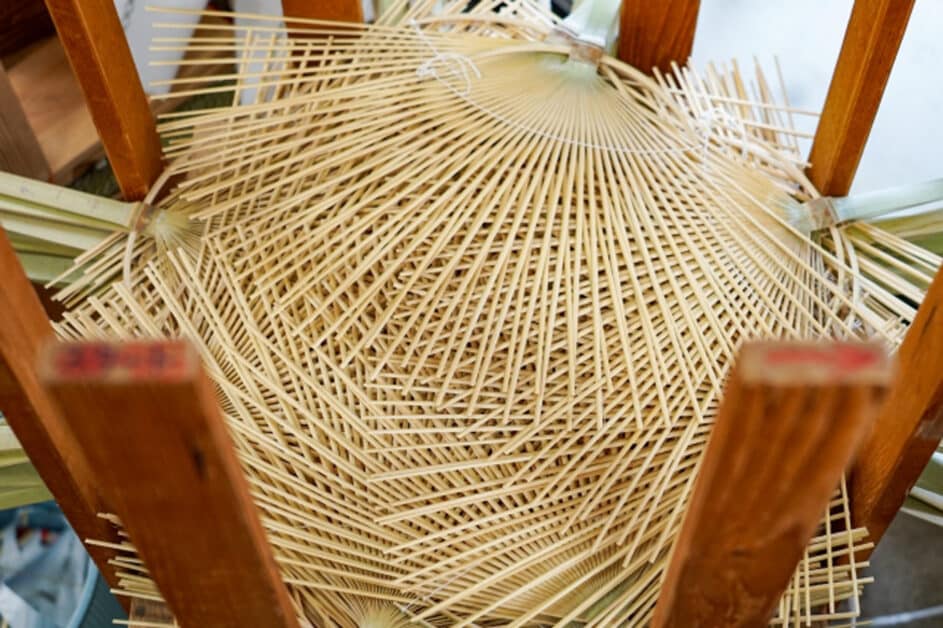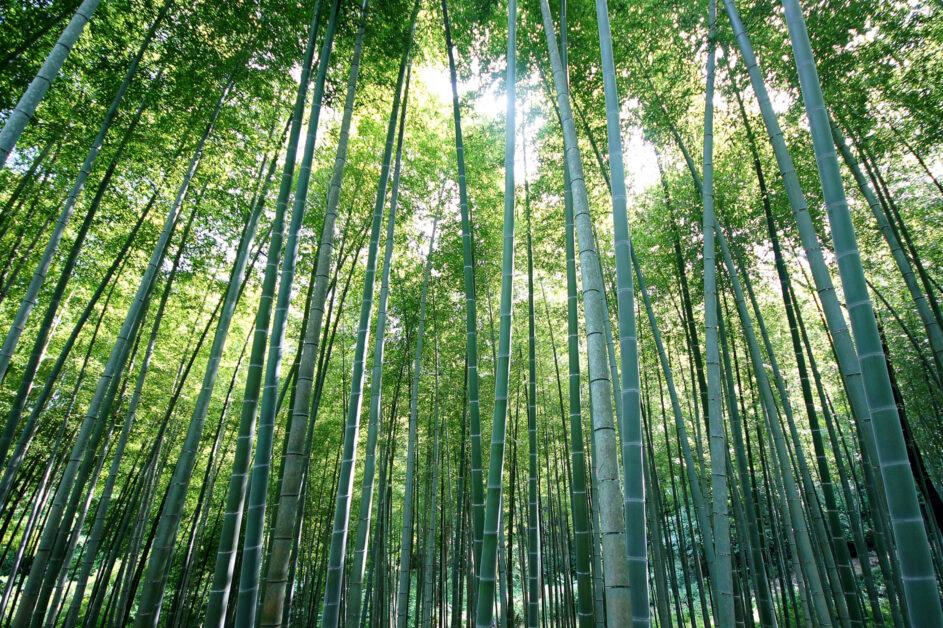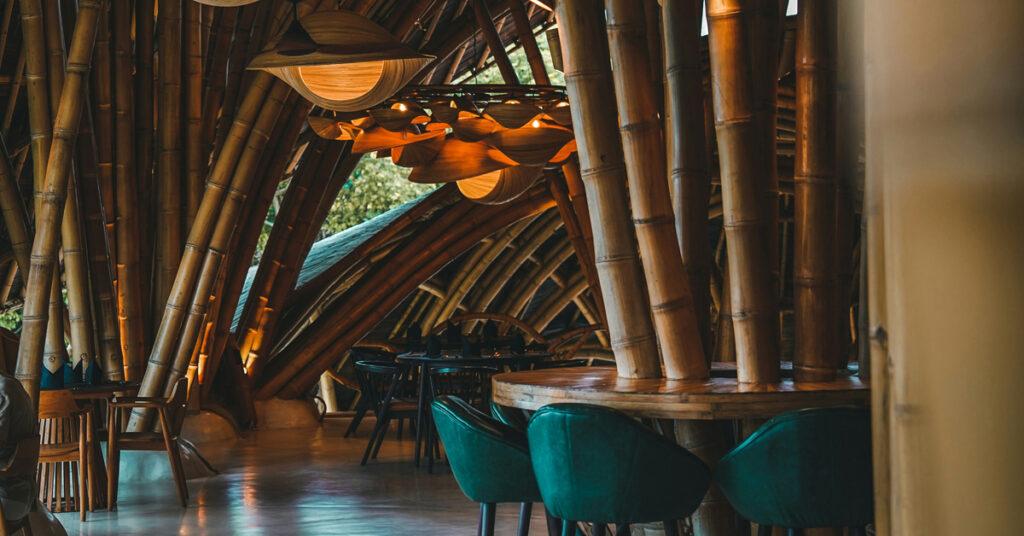Recognized as an exceptionally superior material in terms of strength, durability, and versatility, bamboo has long played a crucial role in supporting Japanese industry. In this issue, we will share some examples of the beneficial uses of bamboo, which is attracting worldwide attention as an environmentally friendly material.
Reasons Why Bamboo is the Best Material for Construction
When you hear the term “bamboo material,” you may think of bamboo architecture in Southeast Asia. Indeed, bamboo is a plant that grows primarily in warm and humid Southeast Asia. For this reason, the beautiful bamboo architecture seen in this region is a perfect example of its rich history while also incorporating modern elements.
One of the best examples is the Bamboo Sports Hall, built at Panyaden International School in Chiang Mai, Thailand. Its modern, organic design and sustainability-focused architecture continue to attract many admirers even seven years after its completion.
The design had to harmonize with the surrounding school buildings and natural environment, which are made of earth and bamboo, while still retaining modern elements. Moreover, by using bamboo as a building material, the project succeeded in creating a greener facility with lower carbon dioxide emissions, while meeting the aforementioned challenges.
Japanese Traditional Crafts Handed Down Through Generations
Bamboo, which has grown widely across Japan except in some regions, has long been used for building materials, household goods, crafts, and bamboo charcoal. In recent years, however, the number of traditional Japanese bamboo artisans has been declining due to the emergence of inexpensive alternative materials, a decrease in bamboo consumption, and the increasing number of unmanaged and neglected bamboo forests each year.
Despite these challenges, artisans continue to craft bamboo products to preserve the traditions built in the region.
The primary traditional use of bamboo in much of modern Japan is in crafts made by processing bamboo and weaving bamboo strips together. Bamboo crafts designated as traditional handicrafts by the Minister of Economy, Trade, and Industry are produced in seven regions. Bamboo crafts with a uniquely Japanese delicacy are produced in various types and weaving methods, depending on the region. It would be fascinating to compare the different types of bamboo crafts and find your favorite.

High-Level Bamboo Craftsmanship: Techniques That Can Also Be Art
As mentioned above, Japanese bamboo crafts are highly regarded worldwide for their delicacy and elegance. The more than 200 weaving techniques used to create these crafts are now applied as art to decorate spaces.
Kyoto-based artists create intricate bamboo crafts with delicate patterns drawn using bamboo strips. In a simple weaving technique called “Mutsume-weaving,” bamboo strips as thin as thread are finely woven, almost like embroidery, to create floral designs.
Expectations for a New Future Using Scrap Materials
The use of bamboo continues to evolve even today.
In recent years, companies have been actively working to utilize bamboo that would otherwise be disposed of to produce bamboo paper, and further, to create various products such as bamboo paper straws and hangers. Similarly, some companies are using waste wood to produce furniture with a high level of design.
In this way, bamboo is being utilized as an important resource in ways that are not bound by conventional uses.

As a sustainable material, bamboo is attracting attention from around the world. Flexible and bendable, with strength and durability, bamboo is used not only in construction but also in many everyday items and as art to enrich our lives. The potential uses of bamboo are still being explored.

